Jeena Shin
Time slice
31 October - 30 November 2019
Time Slice Theory proposes that each of our conscious moments are made of fractions, shining and dispersed. A fine silt of wakefulness flickering in the moving light of the minds river. From this theoretical viewpoint, cognition is formed of a series of discreet frames rather than as a single, smooth duration, in rapid pulses of apprehension that pass in waves across the wet aperture of the eye. Sensation, awareness, becomes a dance of micro instants. A cinema of self-world perception shining on the surface of a great, magnetic darkness.
In the exhibition, Time slice, Jeena Shin shifts her focus from her subtle, painterly reworking of two-dimensional space, to a spatially distributed reflection on contemporary theories of time-perception and consciousness. Noting the first images captured of a black hole by the Event Horizon Telescope, Shin looks to the ways in which Deleuze’s theories of cinema and the ‘time-image’ might be refracted through more recent theories of space, time and consciousness.
The conception of the whole, held and constant moment of the image is thus called into question in Time slice. Shin’s recent paintings tend instead towards vibration, giving way to the dappled light of a supple present in which the shimmering potential of a crystalline moment is suspended. The exhibition is composed of two phases; Time slice I-III, a triptych on canvas in which Shin’s recognizable lexicon of positive and negative forms tease the shadowy movements of the after-image into play; and S1-1 & 2, S2-1, 2 & 4, a series of wall works that continue the twenty-year evolution of a single, geometric form. In each of these distinct modes, contained versus dispersed, Shin works to coax the assumed stillness of the two-dimensional image toward a more pliable realm of movement and instability.
By thinking painting through the theoretical architectures of time perception and cinema, Shin approaches what film theorist Patricia Pisters has coined the ‘neuro-image’. Applied to cinema, the neuro-image emphasizes a tendency in contemporary film-making to focus on forms of consciousness rather than character, thereby inviting its audience into the audio-visual textures of mood, perception and cognitive reasoning rather than the procedural event-structure of traditional narrative-driven storytelling. Revisiting Deleuze’s famous time-image by way of the insights of modern neuroscience Pisters writes;
The neuro-image speaks “from the future” and as such it is speculative and a highly plastic conception of time that recuts, reassembles the present and the past with different speeds and intensities, all from a speculative future of its explosive end.1
Explosive, when used in this sense, is a scene of regeneration rather than a fiery dead-end. It denotes an expansive, cyclical, perspective of events that includes the conditions for the creation of the new. From this perspective, time explodes and our perception of time gains complex dimensions. Applied to the paintings in Time slice, Pisters concept of the neuro-image invites considered meditation on the questions at the heart of Shin’s recent work, suggesting that seeing is to be found in flux with the fabric of what is seen.
1 http://www.patriciapisters.com/blog/events/79-plasticity-and-the-neuro-image
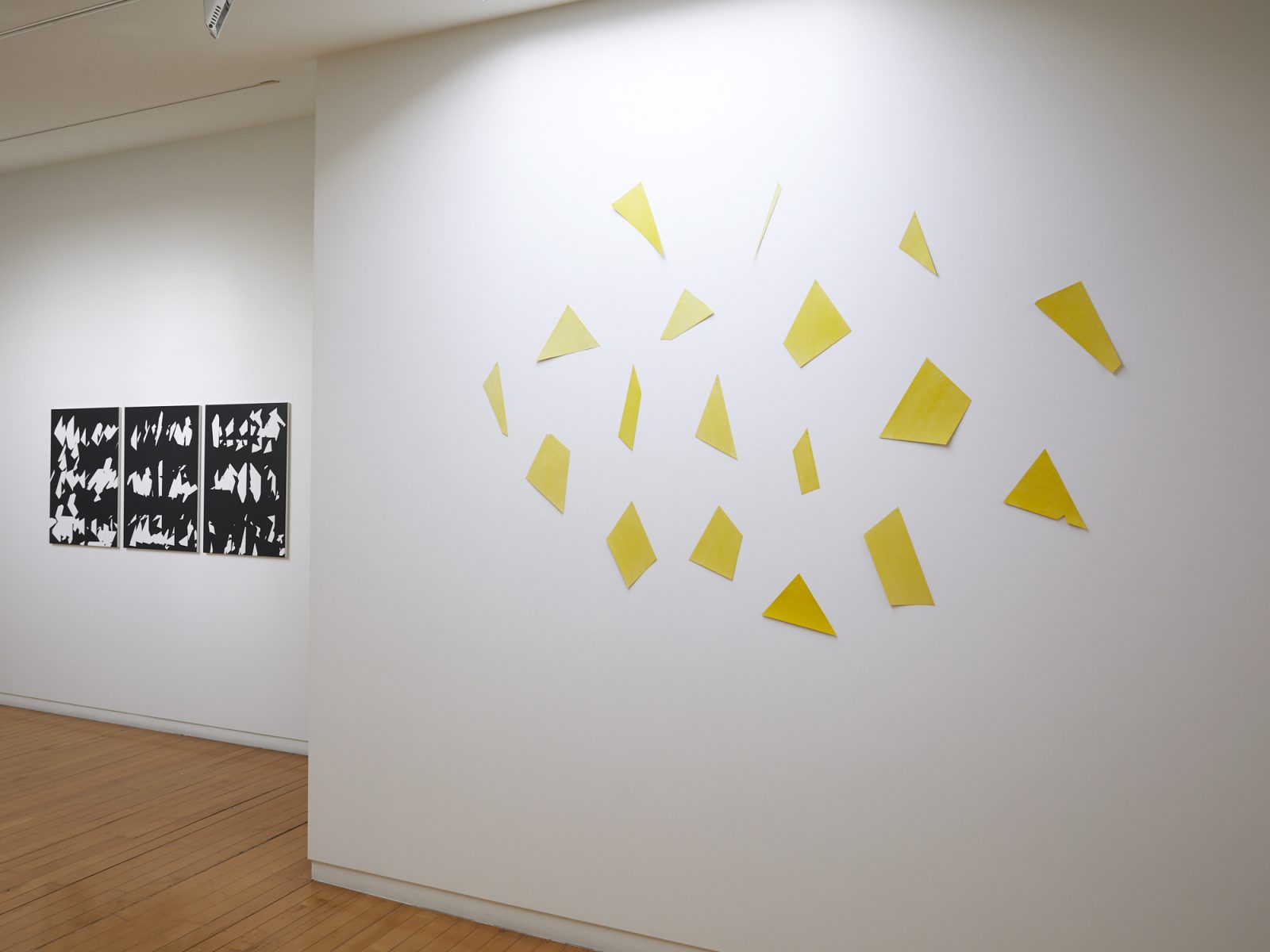
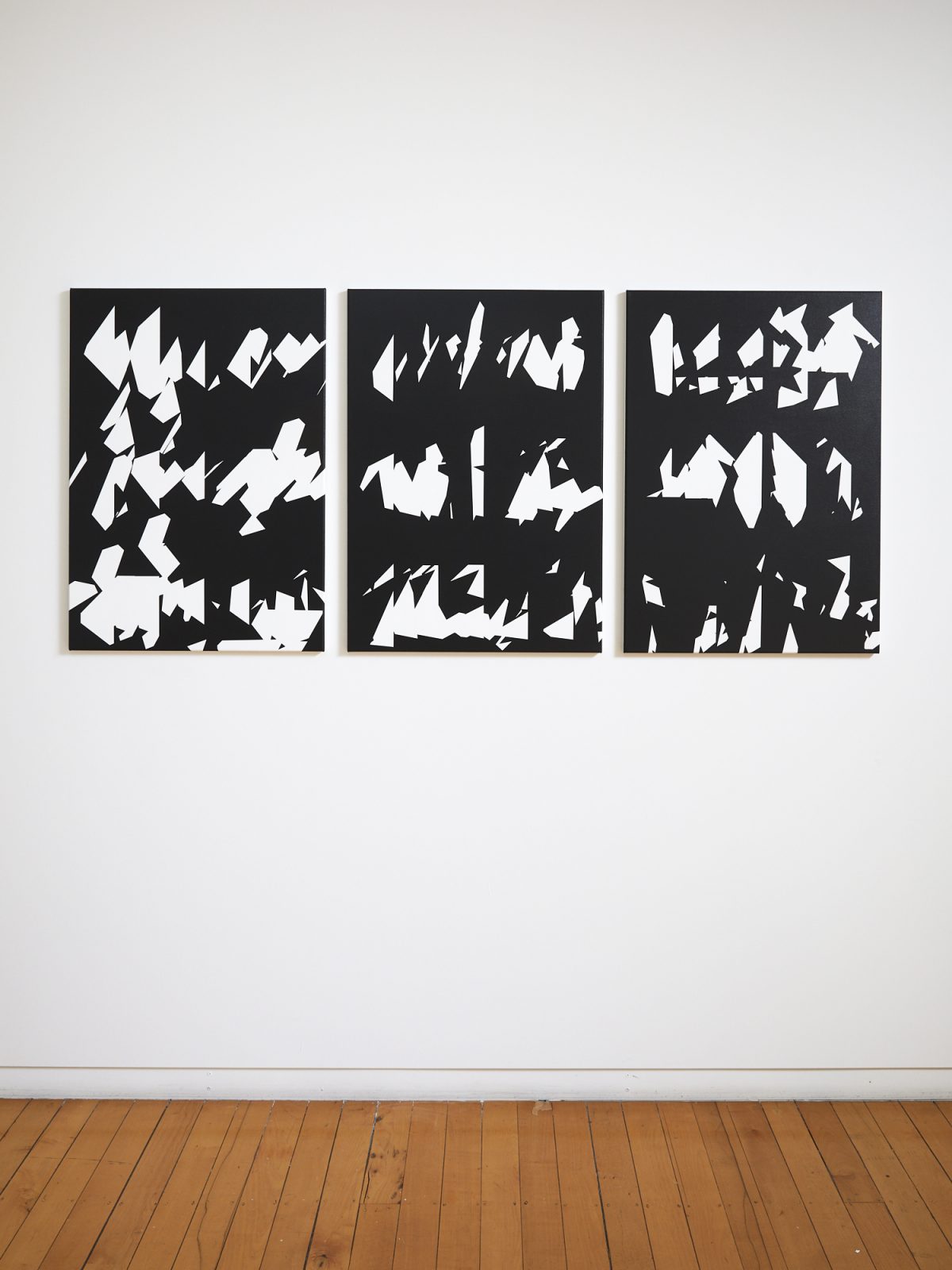
I, II, III
Acrylic on canvas
850 x 605 mm
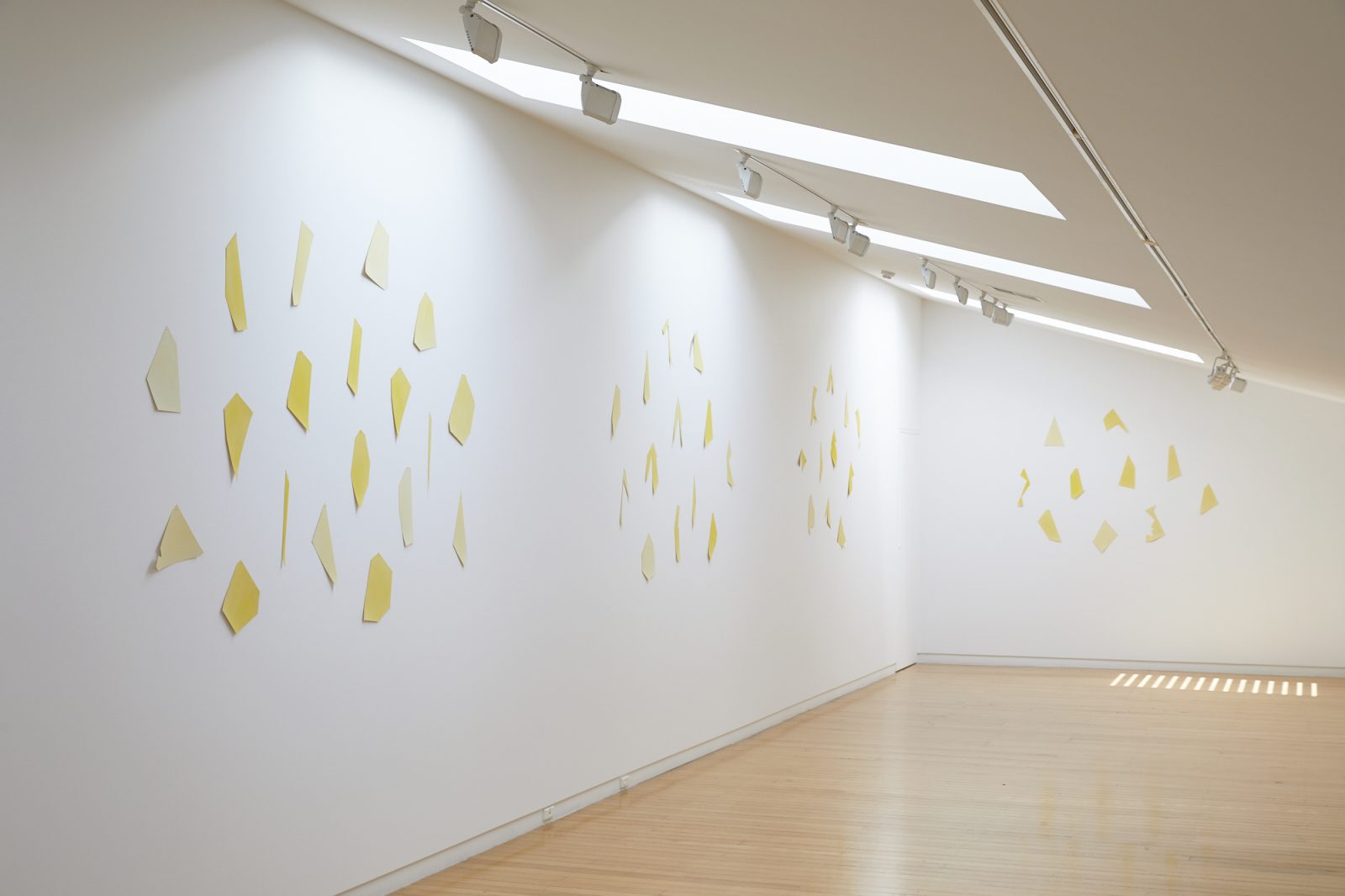
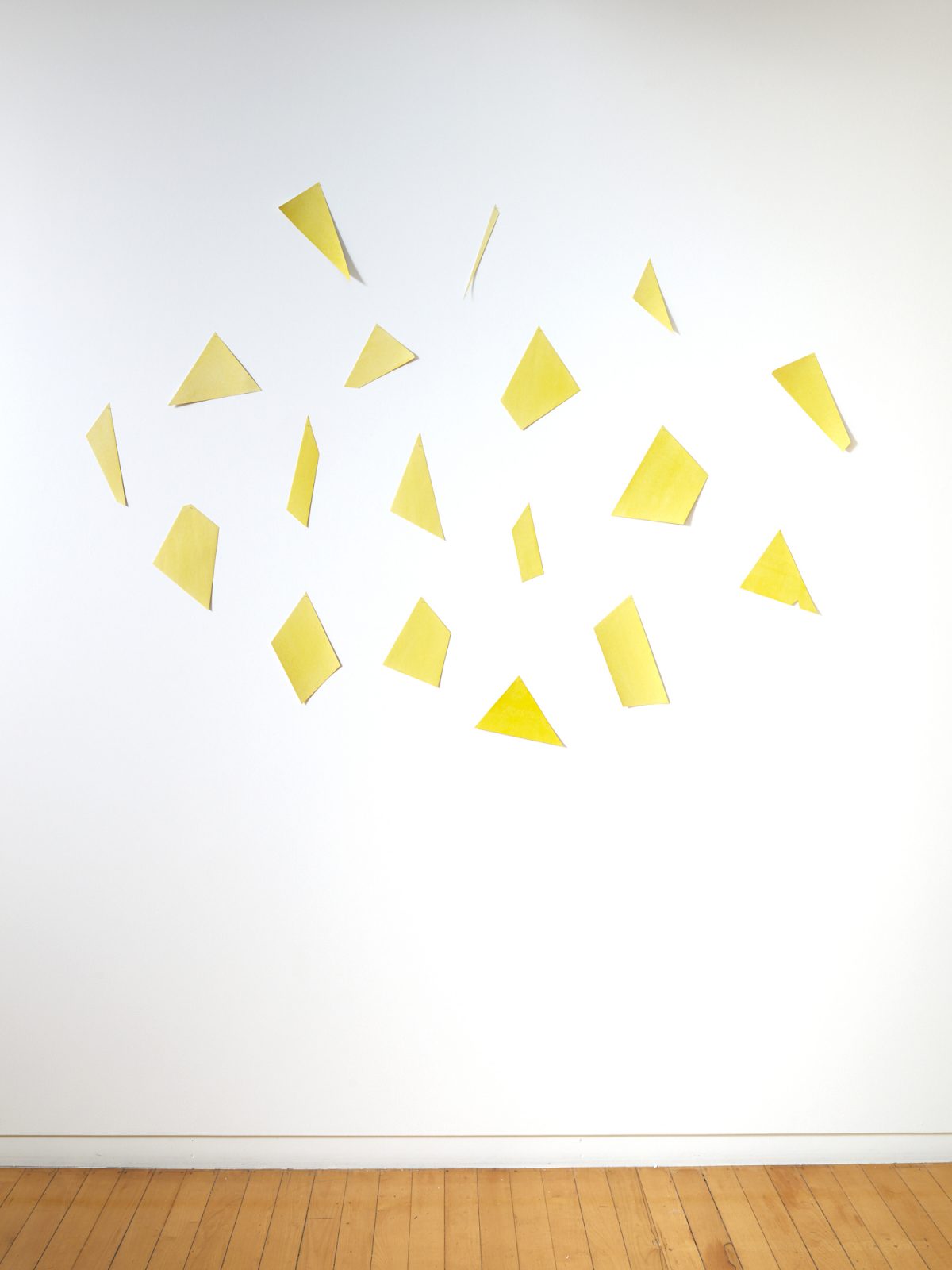
Acrylic on canvas
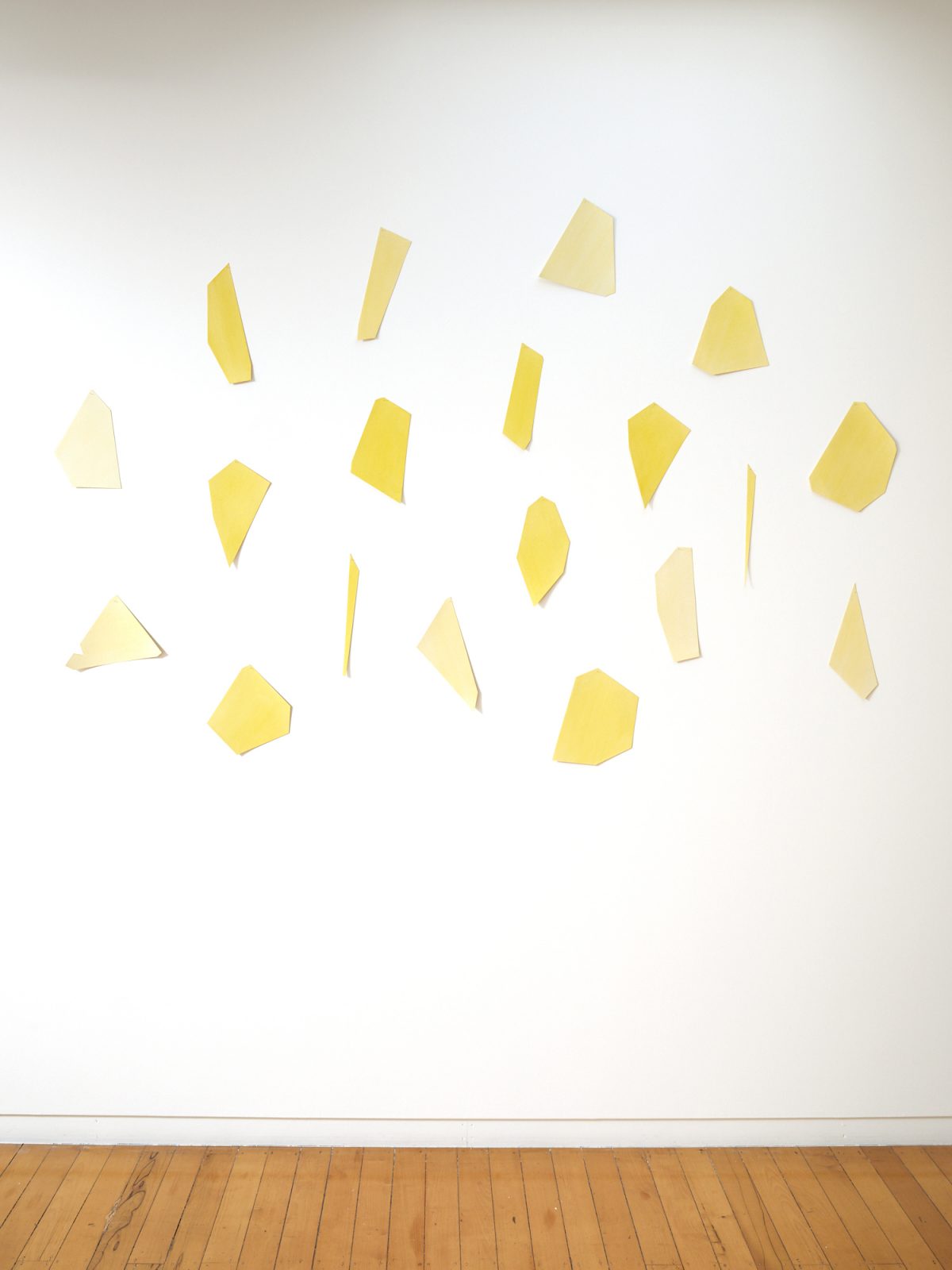
Acrylic on canvas
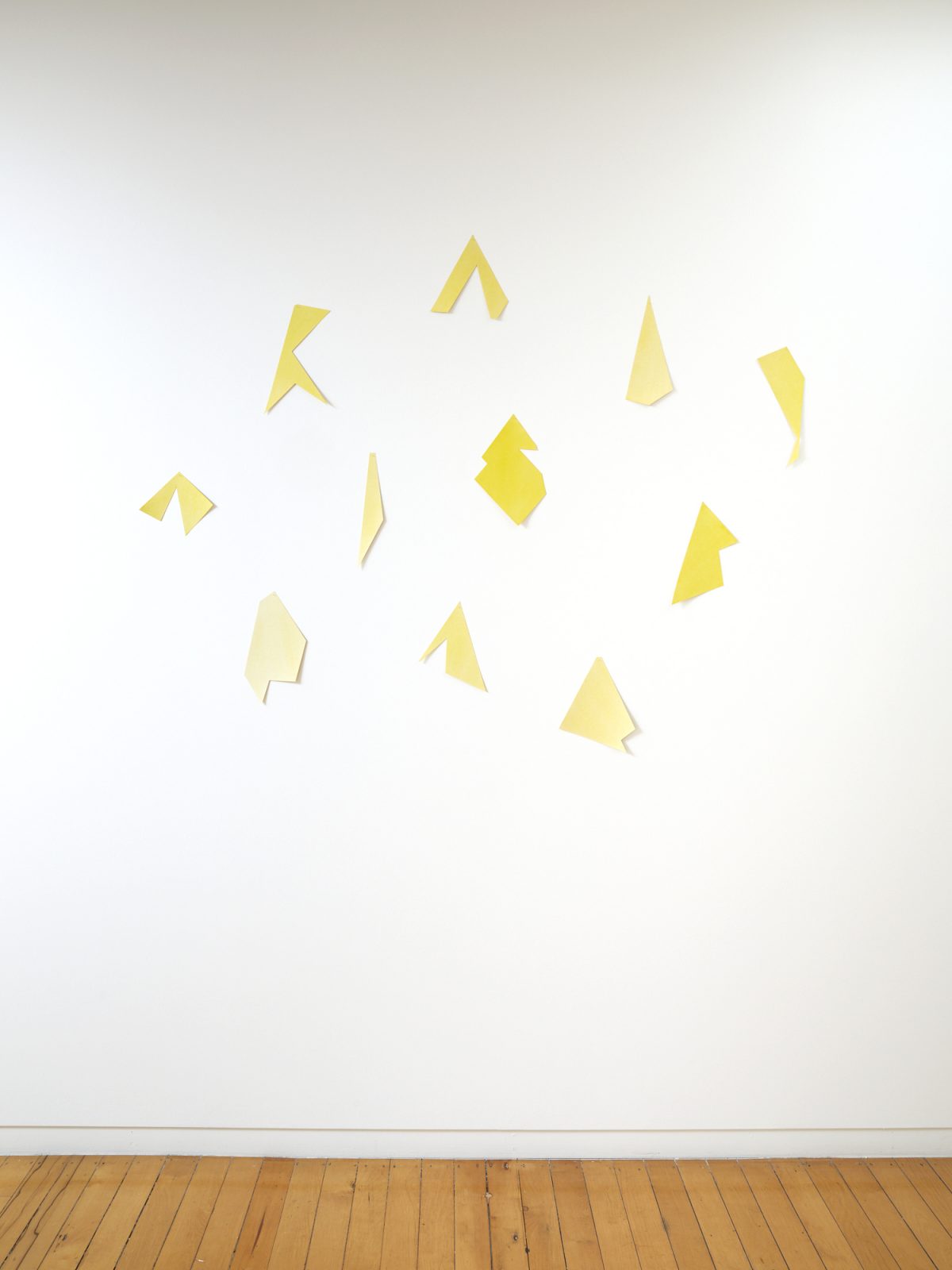
Acrylic on canvas
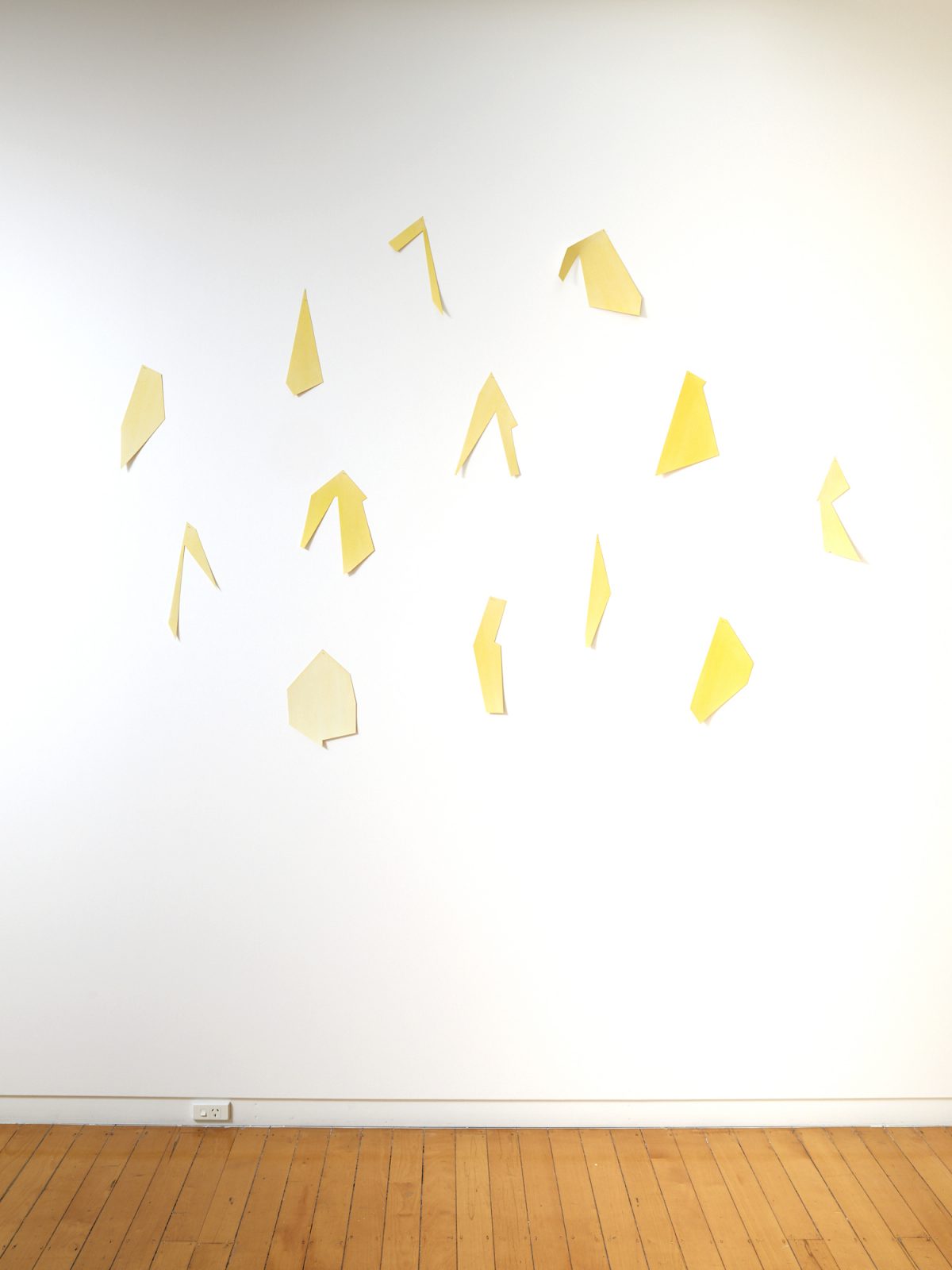
Acrylic on Canvas
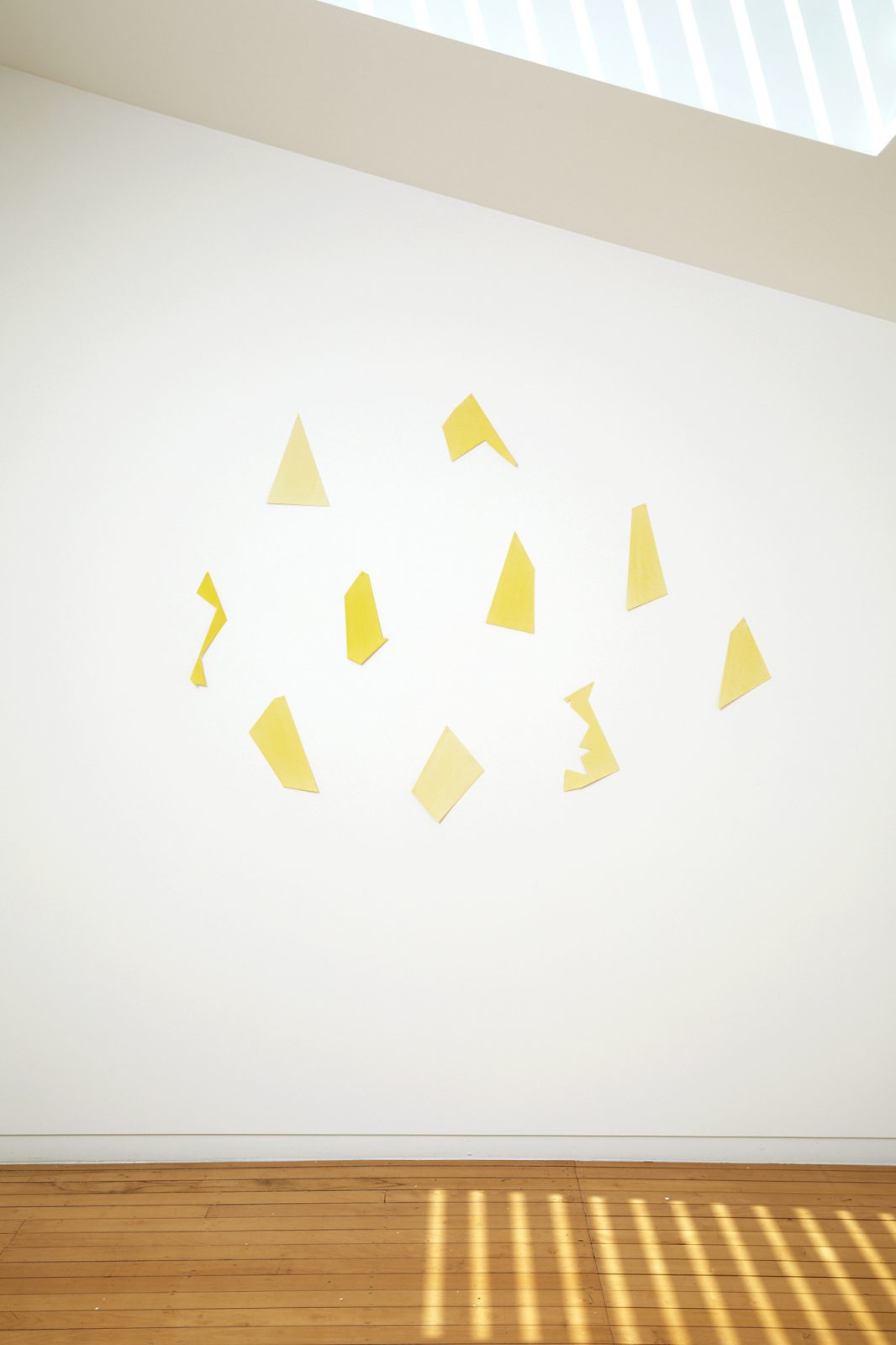
Acrylic on Canvas
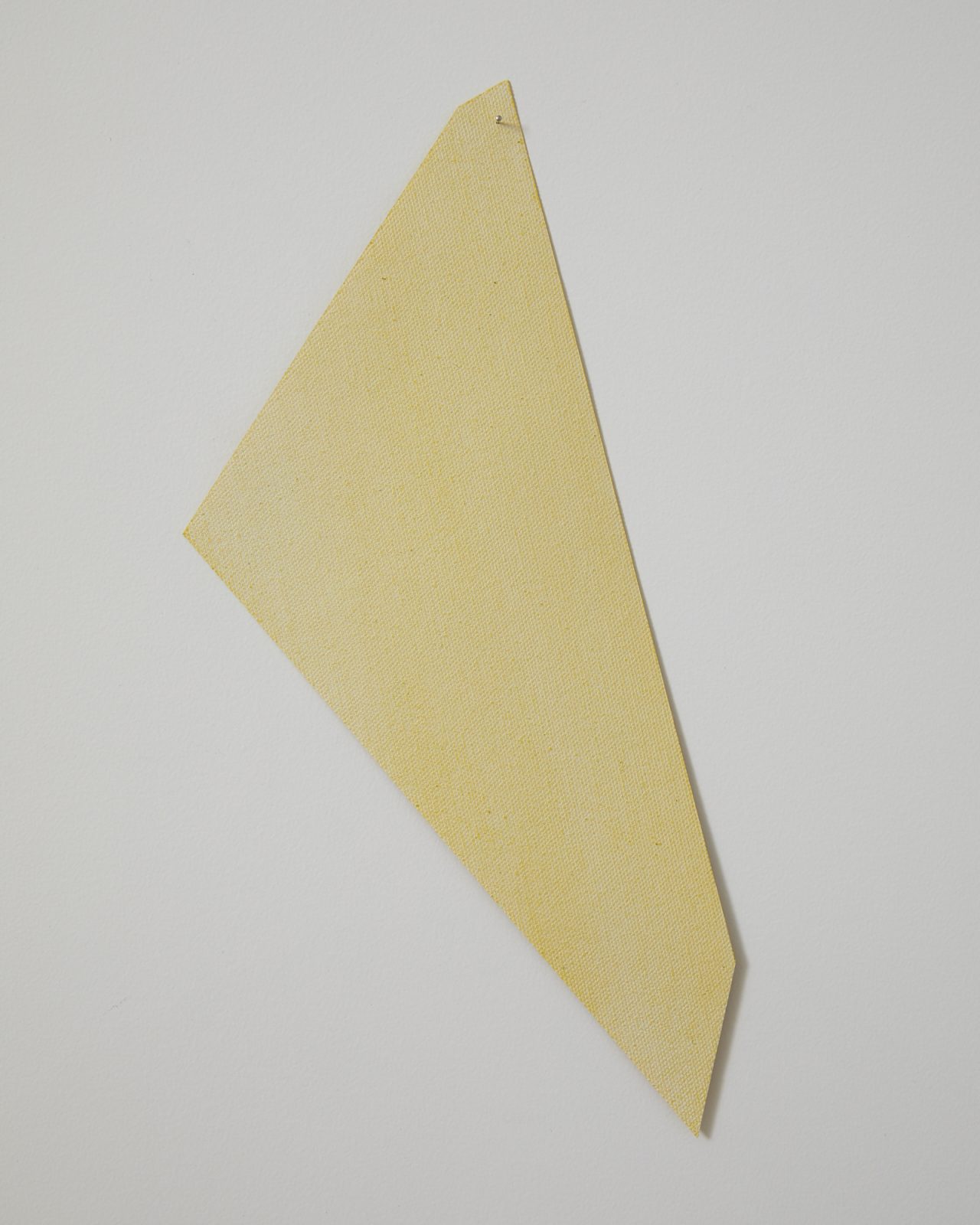
Detail
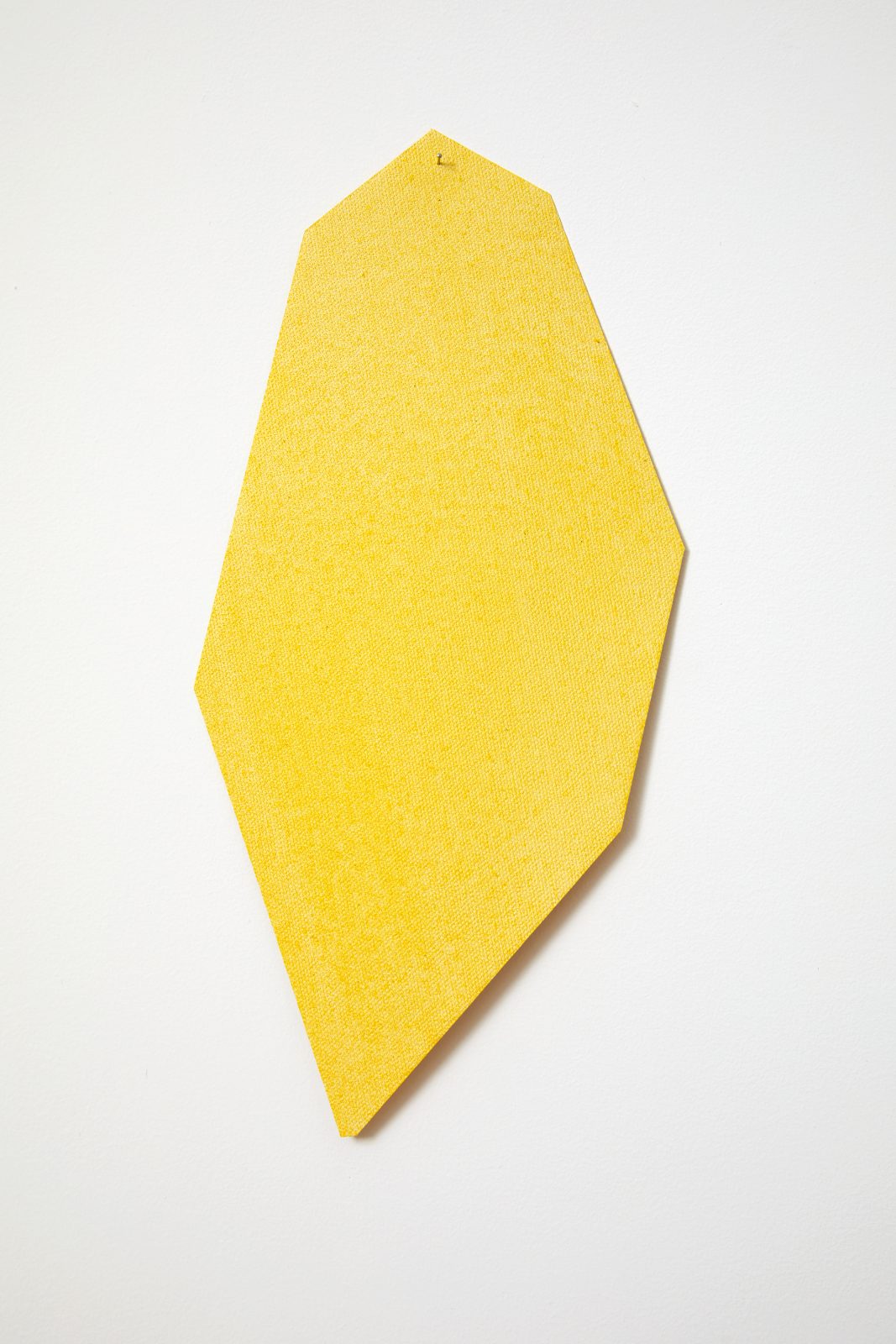
Detail